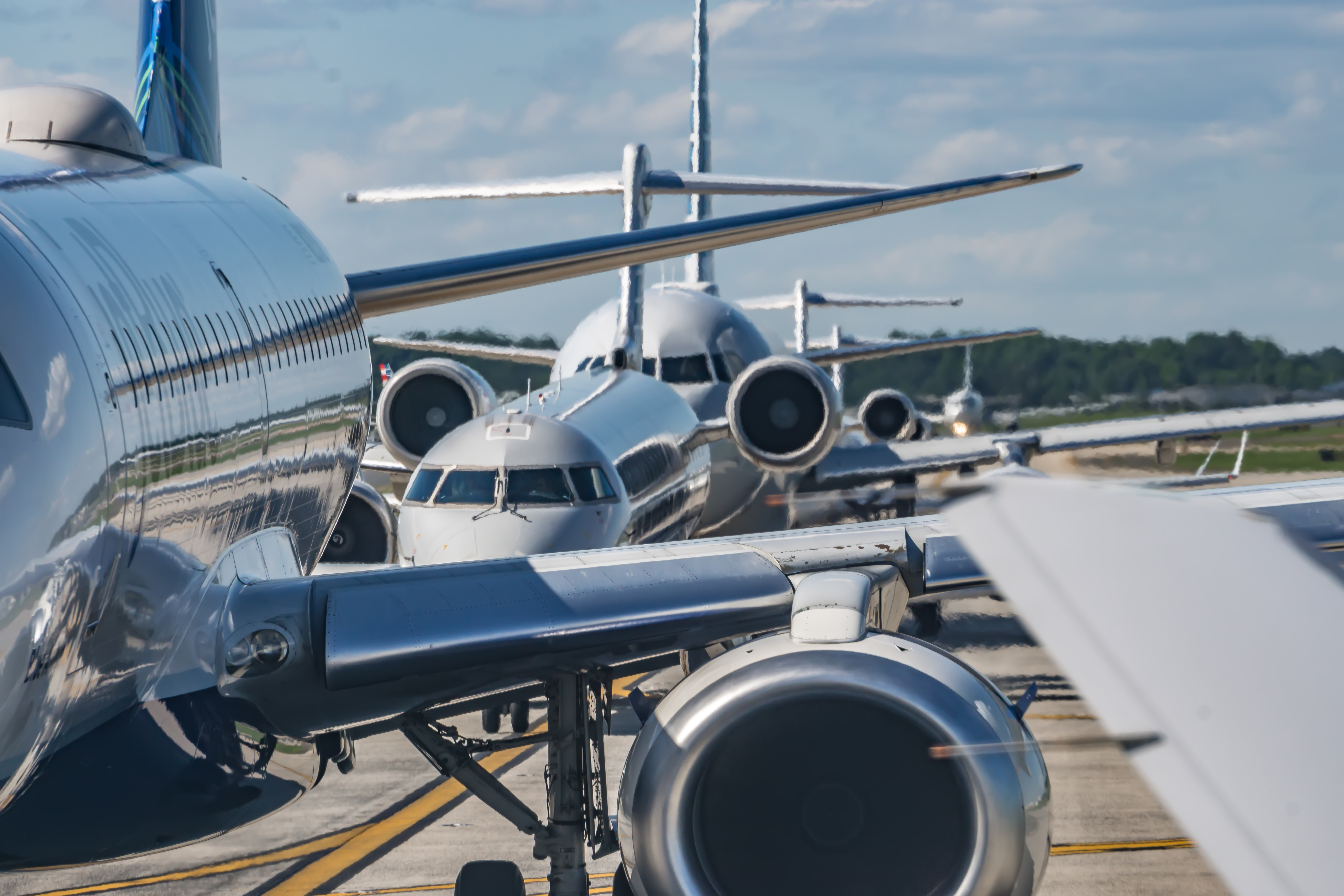There is no secret that for quite some time now fraud-related losses have been an increasing industry-wide problem in aviation. However, due to numerous reasons the issue has been largely swept under the carpet. Only recently the industry players have started publicly addressing the problem which costs airlines as much as approx. $1.4 billion per year. Moreover, the practice of accepting components from external sources has also revealed several inconsistencies with regard to the reliability of the supply chain. For instance, in an alarming number of cases airlines end up with unapproved or counterfeit parts, representing a high risk to aviation safety. According to industry experts, with the increasing trend to outsource and/or opt for e-commerce solutions, more opportunities for illicit activities emerge, making the struggle for credibility as topical as ever.
It is a well-known fact that the aviation industry is inherently exposed to numerous external influences such as fuel costs, the economy, exchange rate fluctuations, natural disasters and political instability. Fraud is yet another external challenge facing the industry and it comes packed with major cost implications. For instance, a recent global survey carried out by CAPA reveals that airlines are losing an average of $1.4 billion a year to fraud. However, the MRO segment has also been facing issues of similar nature for quite some time now.
In 2012 the results of a yearlong investigation uncovered more than a million bogus parts destined for use by the US Air Force. In 2009 and 2010 alone the report catalogued 1,800 cases involving bogus parts in assemblies destined for use in aircraft as diverse as transport, special-ops helicopters and state-of-the-art surveillance planes, totalling more than a million individual suspected fake components. The 2007 International Chamber of Commerce report cited Russian gangs illegally producing aircraft parts and selling them in Russia as well as other countries. The group was arrested after stealing components from the Saturn plant in central Russia and producing and selling civil aircraft parts. The seized parts, worth more than $142.000, were intended for Tu-154 passenger airplanes and Il-76 freighters.
“It is clear that the trade in counterfeit aviation parts poses both direct and indirect risks. In addition to potentially fatal equipment failures, the cycling of legitimate parts for refurbishment and upgrade with uncerti?ed suppliers may lead to the insertion of identi?cation, tracking or disabling devices, as well as malware and other malicious software,” comments Zilvinas Sadauskas, the CEO of Locatory.com. “However, while safety and security-related issues are among the most important ones, the rising popularity of e-commerce has created the environment enabling fraudulent activities to spread even further.”
For instance, in 2012 EASA reported that the agency’s approval holders and applicants have been targeted by e-mail requesting payment of fees or trying to receive a copy of EASA invoices/account statements. The fraudster was trying to make recipients believe that those emails originated from EASA, and informed them that EASA’s account has changed. In addition, according to the CEO of Locatory.com, more and more procurement managers have been reporting cases of encountering fake suppliers who are often in possession of the necessary documents or even photos of the spare parts, but fail to deliver the goods after receiving payment. Considering the fact that rather commonly spare parts are needed urgently to resolve an AOG situation, the money lost in such transactions is followed by additional downtime-related losses, and thus can reach hundreds of thousands.
In the meantime, there are certain measures that can be implemented in order to reduce the risk of fraud in the industry. For instance, more and more aviation enterprises choose to implement appropriate ERP applications in identifying the discrepancies in procurement and order fulfilment processes. However, in many cases the fraudsters are highly sophisticated and thus capable of exploiting multi-layered corporations by addressing the weak points of the existing technologies, processes and personnel controls. Extending the ERP to incorporate electronic business-to-business communications between customers and suppliers may certainly help to close this gap, but, unfortunately, it will not eliminate the threat entirely.
“The counterfeiters go to great lengths when creating false documentation. They can skilfully misrepresent the origins and obscure the authenticity of the parts. With independent distributors playing a pivotal role in many procurement processes, a programme of effective auditing might be another way to begin dealing with the problem. It involves establishing a network of trusted suppliers and thus significantly mitigates the risk associated with the process of purchasing components. Creating a set of industry-wide standards and holding suppliers accountable for ensuring the quality of their products is also a reasonable strategy. Meanwhile, in order to minimize the fraud-related risks one might consider the use of specialized online platforms, which welcome only the sellers with the best reputation and the necessary industry approvals. In any case, reducing the potentially harmful effects of such illicit activities requires increased diligence and active control measures from players of all the segments of the industry,” concludes Zilvinas Sadauskas, the CEO of Locatory.com.



